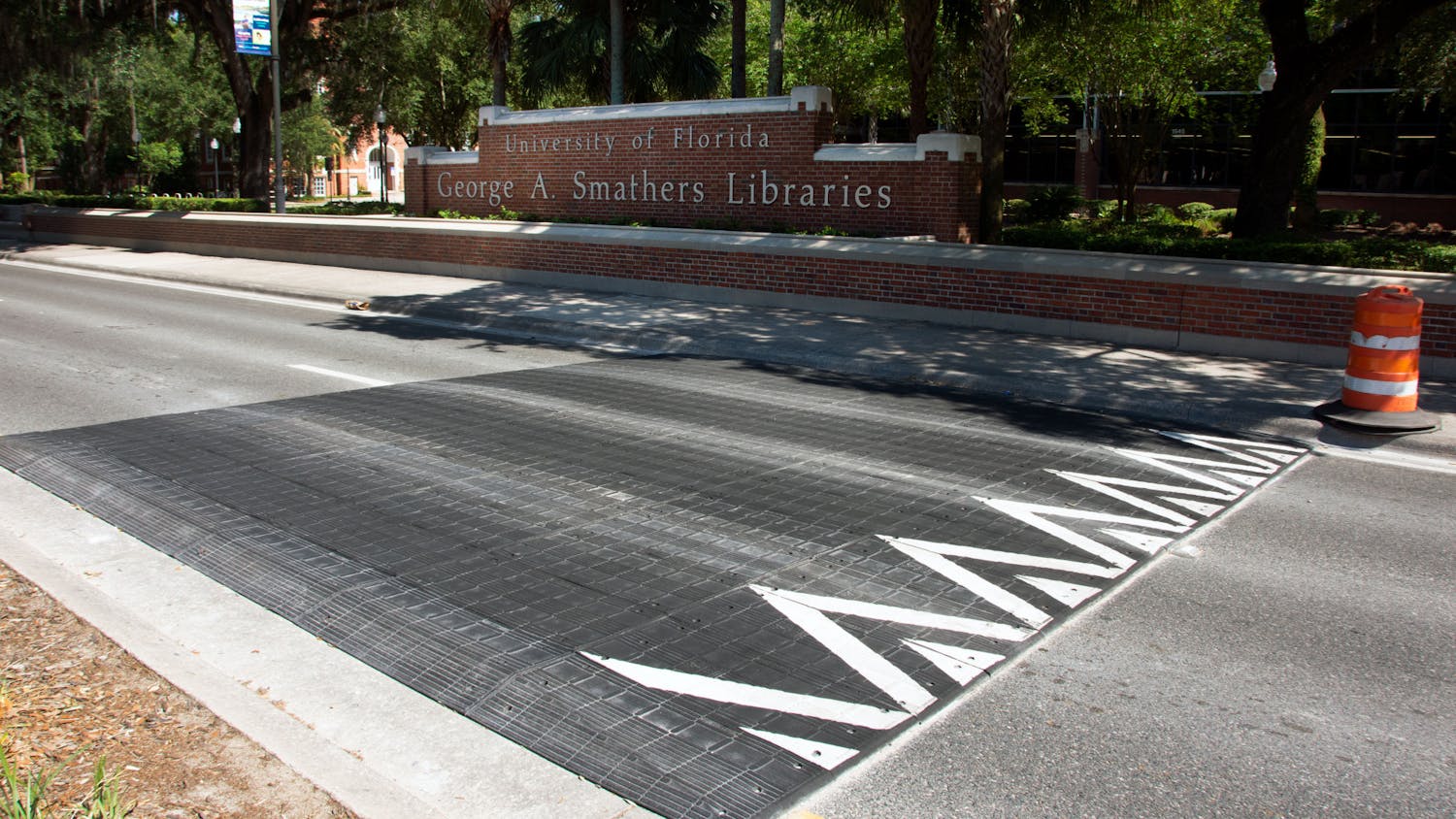If you’ve never been in a car accident before, I’m sorry to report, you’re in the minority. A vanishing minority as Florida has earned a top spot among the most dangerous states for pedestrians. I recently had the misfortune of colliding with a city bus on my morning commute to class. The experience taught me far more than to look both ways before crossing the street, though it was a grim reminder.
My accident showed me that my life is not safe on the road unless I am armed with 4,500 pounds of steel and padded leather seats. I know you know what I mean. One minute you’re enjoying an evening walk and the next, you’re on an operating table. The headlights bore into you from a block away. Overexposed, vulnerable. That moment when you hesitate at an intersection because part of you understands that you’re putting your life in your hands.
Like a bite from a radioactive spider, that rude awakening across from Pugh Hall gave me the acute ability to identify dangerous roadways. My spidey sense, as it were, is the twisting feeling of fear I feel now when biking along a busy street. The wide roads that provide a vast field of vision for drivers yet leave pedestrians like me feeling unprotected. Sweeping, rounded corners at intersections that enable drivers to make turns at unsafe speeds while putting pedestrians in harm’s way for longer stretches. Despite the standard 20 miles per hour speed limit in and around UF’s campus, these continuous design decisions are far more effective at regulating speed limits than a sign posted every few miles.
Because it is a design issue. College towns are often credited with the most pedestrian friendly urban design in America. They are built on a human scale, prioritizing convenience and accessibility for everyone regardless of their mode of transportation. Beyond that, they foster social connections by incorporating third spaces where people can gather serendipitously.
Unfortunately, Gainesville is an exception to that rule. Numerous accidents in and around the University have driven the county to investigate our roadways. The flawed design choices that take shape on thoroughfares like University Avenue and Archer Road have been dubbed “stroads,” a precarious balance which combines the high speeds of roads with urban activity of streets. It is this dangerous trade off that puts pedestrians at risk.
One tool we must hone before tackling the enormity of reclaiming our roads for people is perspective. Humans have never needed cars. We’ve only been driving them in large numbers for about half a century, but from the look of our cities, you’d think driving is as natural and perpetual as breathing. But the opposite is true. Through the long lens of history, the American sprawl we all know and love appears to be an accident of politics and timing.
The way I see it, we can let it continue to wreak havoc on our communities and climate, or we can push for change. It takes a critical mass to turn the tide. Students have immense power here to shed light on these problems and imagine alongside longtime residents for safer, more sustainable solutions that prioritize safety and connectivity.
Amaya Borroto is a UF political science freshman.





